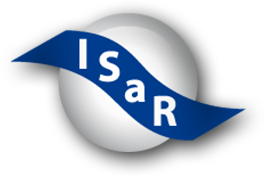Including Students who are Deaf-Blind into Physical Education - Barriers to Overcome
empfehlen| Titel: | Including Students who are Deaf-Blind into Physical Education - Barriers to Overcome |
|---|---|
| Form: | Internetpublikation |
| Autor(en): | Kerstin Kindinger |
| Jahr: | 2010 |
| Auszug: | Inclusion is a major trend in todays education for students with a disability. It focuses on multiple components, including an appropriate setting, services, and the development of educational objectives for the child (Stinson & Lang, 1994). These trends indicate that inclusion is more than just placement. It includes an education in an age-appropriate class within the home school community as well as proper support to make education meaningful and successful. Todays inclusion goes beyond the legal requirements of the Individual with Disability Education Act (IDEA) and the American with Disability Act (ADA), which only mandate inclusion for school-based education. It especially considers inclusion in a community setting, which covers the whole lifespan (Horvat, 2003). Teachers within an inclusive setting, in particular, have the task of preparing all students for life after school through a comprehensive curriculum that includes life skills. Therefore, they have a significant role in each individuals social, physical, and emotional development. This increases the importance for teachers in staying current with the latest education movements and legislation changes and to be aware of the needs and challenges students in their classes face in daily living situations. |





